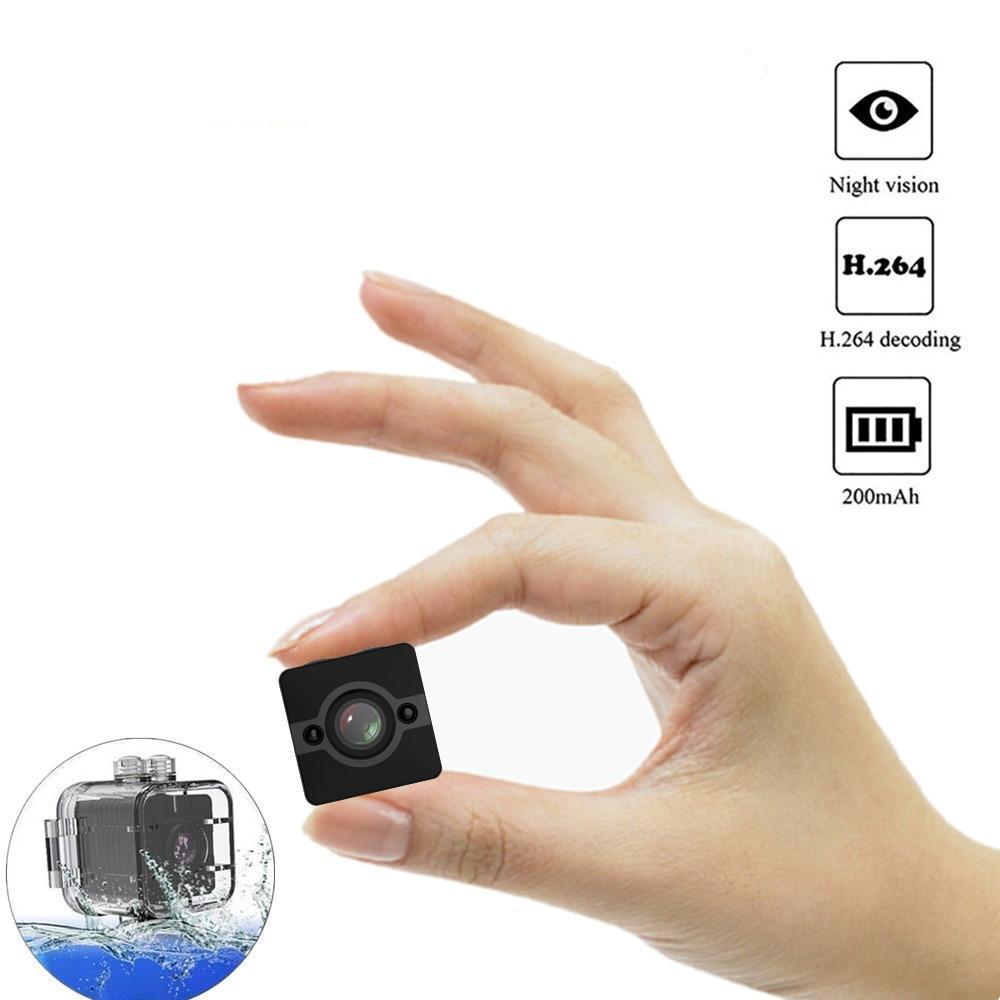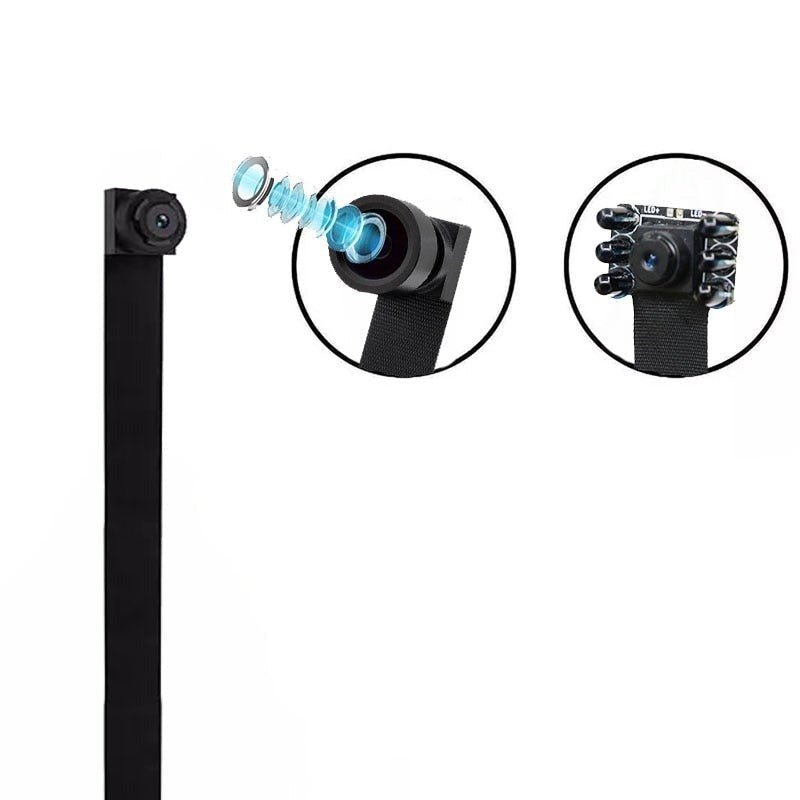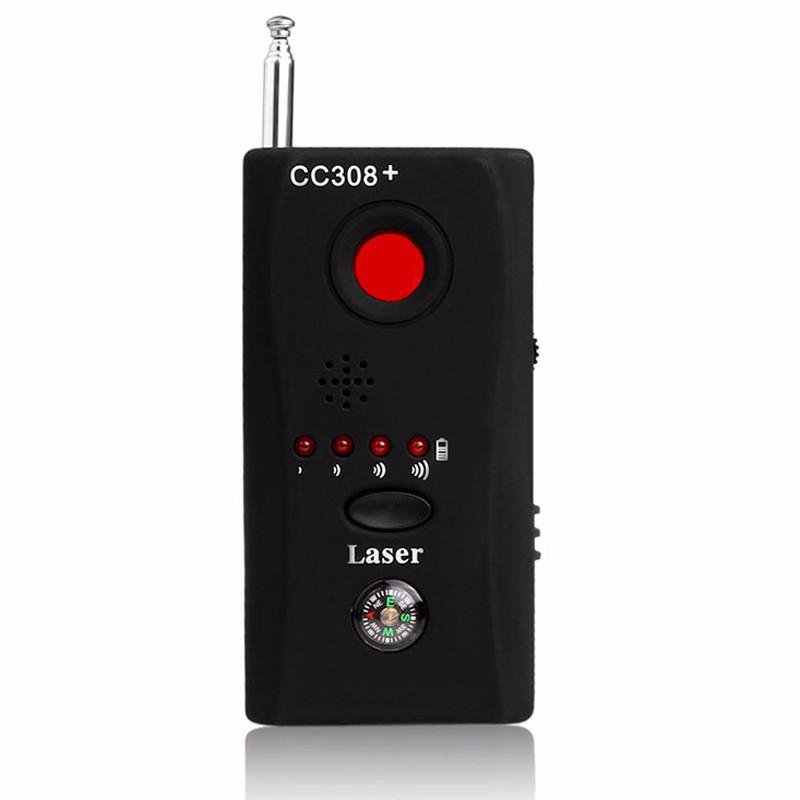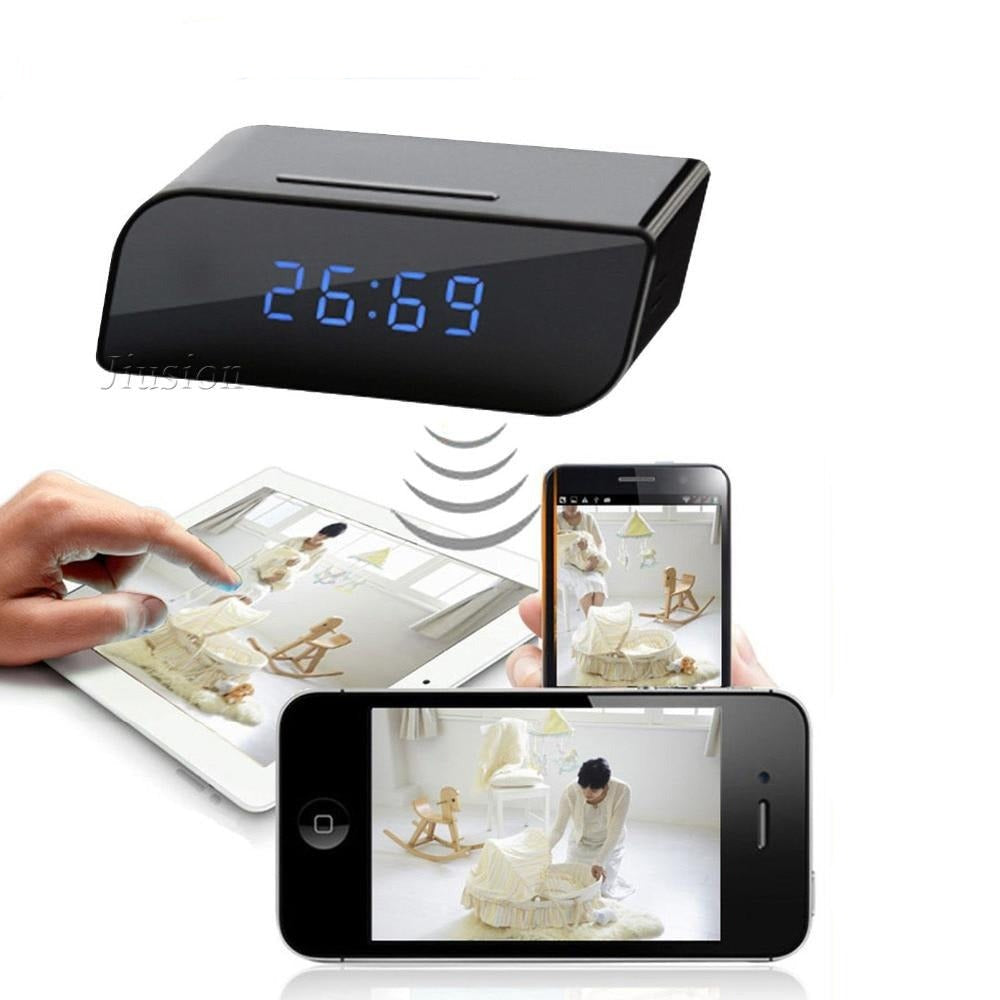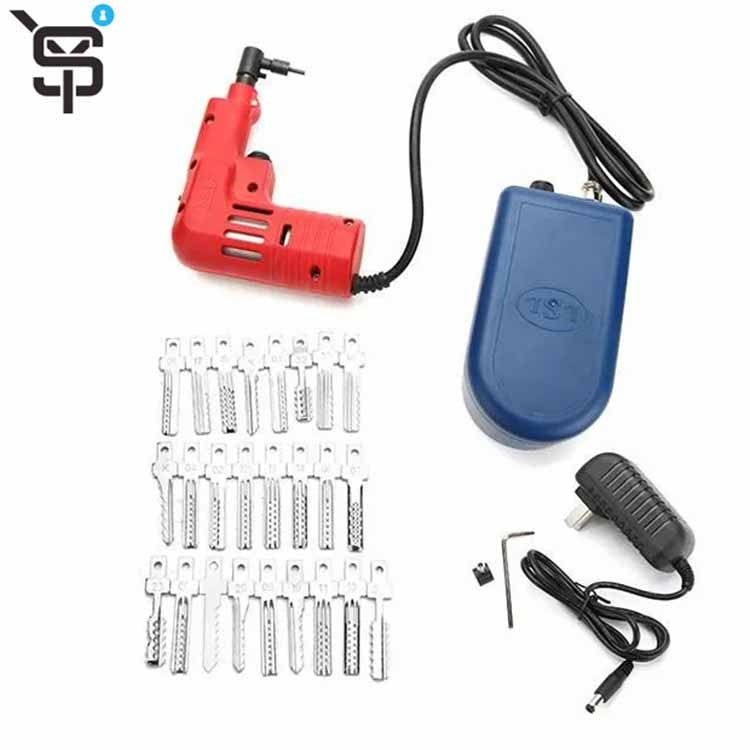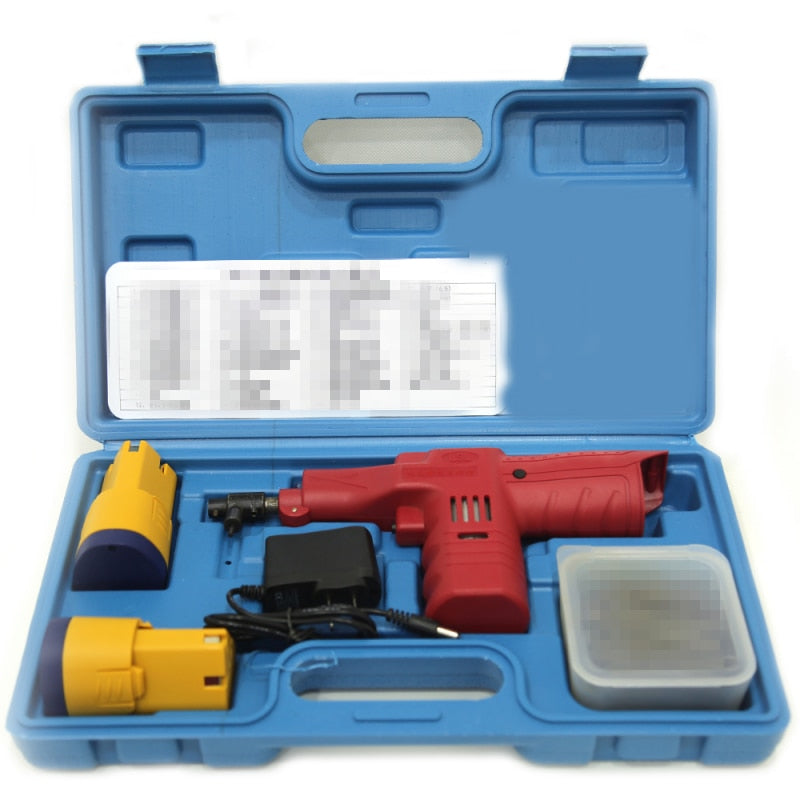
DIY Hidden Camera Ideas: Creative and Affordable
Whether you want to watch over your kids while they’re home alone, keep tabs on your office when you’re out, or monitor your house while on vacation, these DIY hidden camera ideas will prove useful.
In the guide below, I will go through the following:
-
Choosing a Location
- A. Indoor vs. Outdoor
- B. Privacy Considerations
-
Camera Options
- A. Types of Cameras
- B. DIY Camera Kits
-
Installation
- A. Wiring and Power
- B. Concealment Techniques
So, let’s get started!
Choosing a Location
Choosing the right location for your DIY hidden camera is crucial to ensure you capture the intended footage without being discovered. As you choose a location, consider these aspects:
Indoor vs. Outdoor

First, determine whether to position your concealed camera indoors or outdoors. An indoor camera is ideal for observing activities inside your residence or workplace. However, if you wish to oversee the exterior of your property or vehicle, an outdoor camera is necessary.
When choosing a spot for an indoor camera, consider spaces where individuals spend a considerable amount of time, such as family rooms, sleeping quarters, or workspaces at home. Ensure the camera is situated unobtrusively to avoid easy detection.
Regarding outdoor locations, opt for brightly illuminated spots that offer a clear vantage point of the area you wish to monitor. Confirm that the camera is designed to withstand weather conditions and is sufficiently high to prevent meddling.
Camera Options

Types of Cameras
Several options are available when choosing a camera for your DIY hidden camera project. Here are some of the most popular types of cameras:
- Wireless cameras offer easy installation and use, transmitting video and audio wirelessly to a receiver. They can be discreetly hidden in clocks, picture frames, and smoke detectors.
- Wired cameras require a connection to a recording device, such as a DVR or computer. Although installation might be more complex, they provide a reliable connection and top-notch video quality.
- IP cameras link to a network, enabling remote access through the internet. You can conceal them in light bulbs, speakers, and power outlets.
DIY Camera Kits
Opting for DIY camera kits is a great way to save money while setting up your surveillance system. These kits have all the essential parts to build your hidden cameras, including a camera module, microcontroller, and power source. You can customize them to fit your needs, making it an excellent chance to learn more about electronics and programming.
Some popular DIY camera kits include:
| Kit Name | Description & Price |
|---|---|
Raspberry Pi Camera Module Kit |
The kit includes a camera module and a Raspberry Pi microcontroller, which can be programmed to record and transmit video wirelessly. [$50] |
Arduino Camera Module Kit |
The kit includes a camera module and an Arduino microcontroller, which can be programmed to record and transmit video wirelessly. [$30] |
ESP32-CAM Kit |
The kit includes an ESP32-CAM microcontroller with a built-in camera module that can be programmed to record and transmit video wirelessly. [$20] |
Given the wide range of camera options, picking the right one that meets your requirements is essential. Consider price, ease of installation, and video quality when deciding.
Installation
Wiring and Power

Before installing your DIY hidden camera, it is important to determine your camera’s power source and wiring. You can choose to use a battery-powered camera or a camera that needs to be plugged into an electrical outlet. If you choose a battery-powered camera, check the battery life and replace the batteries regularly.
If you choose a camera that needs to be plugged into an electrical outlet, choose a location near an outlet. You can also use an extension cord to reach the outlet if necessary.
You can use a wired or wireless camera when it comes to wiring. Wireless cameras offer simpler installation since they don't need wiring. Nonetheless, wired cameras deliver more dependability and superior image quality. If you opt for a wired camera, conceal the cables to make them undetectable.
Concealment Techniques

A successful hidden camera installation relies on making the camera undetectable. You can use several techniques to conceal your camera effectively:
- Disguise the Camera: Camouflage the camera as a common item like a clock or picture frame. This will help it blend seamlessly into its surroundings and remain less noticeable.
- Hide the Camera: Position it in an inconspicuous place, such as behind a plant or a bookshelf.
- Use a Spy Camera: Spy cameras are intentionally designed to be hidden and often resemble everyday objects like pens or keychains.
When hiding your camera, test its functionality to confirm it can still capture a sharp image. You might need to tweak the camera’s position or angle for the best view.
Following these tips, you can easily install your DIY hidden camera and ensure it remains hidden.
Monitoring and Recording

Live Streaming
Live streaming is a great real-time way to watch your home or office. With a hidden camera and a stable internet connection, you can monitor your property anywhere in the world using your smartphone or computer.
Numerous live-streaming alternatives exist, including specialized applications, web browsers, or external services. Certain cameras permit live video streaming without needing extra components. Conversely, other cameras might require additional software or equipment to attain the same feature.
Recording Options
Capturing your video footage is essential, enabling you to examine any events that transpire later. There are various recording options to choose from, including:
- Local Storage: Certain cameras feature built-in storage options, like an SD card slot, allowing you to save footage directly on the device.
- Cloud Storage: Choosing cloud storage allows you to access your recordings from anywhere via the internet. However, it can be more expensive than local storage and may necessitate a subscription.
- FTP Server: Some cameras can upload your footage to an FTP server for safekeeping.
Recording audio without permission is against the law in some areas, so review your local regulations before enabling audio recording.
Monitoring and documenting your covert camera’s footage is essential for protecting your property. Live streaming and recording capabilities provide adaptability and convenience, enabling you to oversee your residence or workplace from any location worldwide.
Privacy Considerations

When installing a hidden camera, it is crucial to consider the privacy rights of other individuals involved. You should never install a camera in a private area, such as a bathroom or bedroom, as this violates privacy and could lead to legal issues.
Additionally, if you are installing a camera in a shared space, such as a living room or office, ensure everyone who uses the space is aware of the camera’s presence. This can help prevent misunderstandings and maintain trust among roommates or coworkers.
Finally, if you install a camera outside, ensure it is not pointed toward your neighbor’s property. This could also lead to legal issues and strain relationships with your neighbors.
By considering these factors when choosing a location for your DIY hidden camera, you can ensure that you capture the footage you need without compromising anyone’s privacy or breaking any laws.
Resources
Organizations:
- Electronic Frontier Foundation (EFF). https://www.eff.org/
- American Civil Liberties Union (ACLU). https://www.aclu.org/
Website Resources:
- Raspberry Pi Foundation. https://www.raspberrypi.org/
- Arduino. https://www.arduino.cc/
- ESP32-CAM Guide. https://randomnerdtutorials.com/esp32-cam-video-streaming-face-recognition-arduino-ide/
- Privacy Rights Clearinghouse. https://www.privacyrights.org/
Video References:
DIY Perks
Gadget Addict


